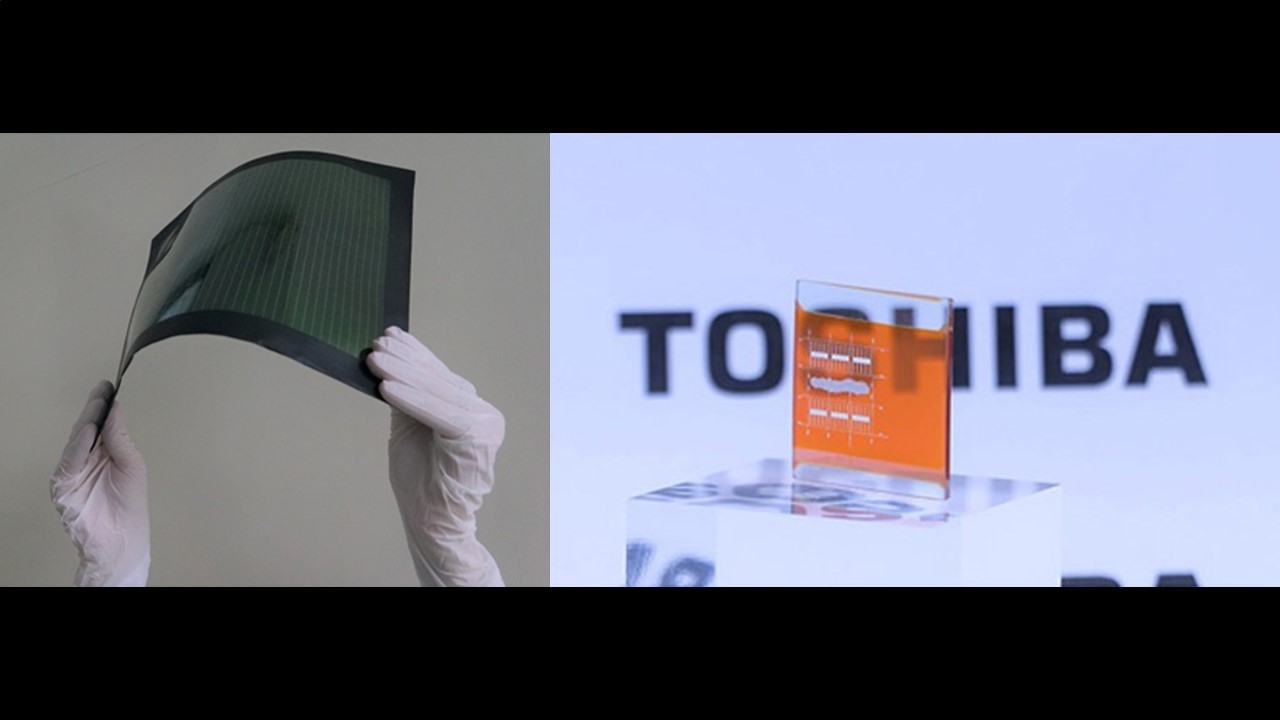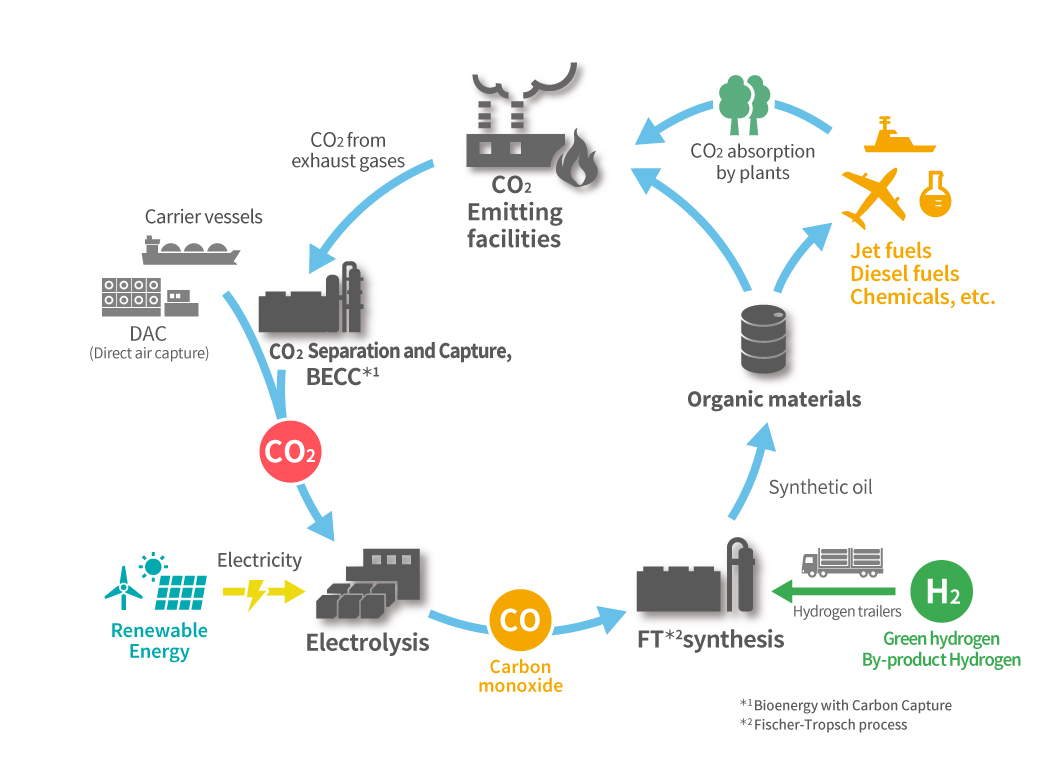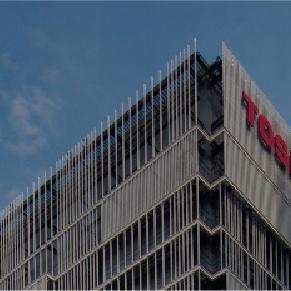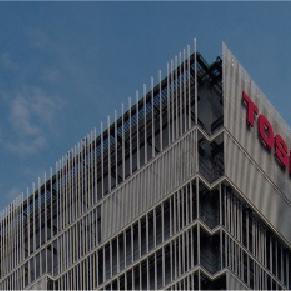Toshiba Group to Showcase Decarbonization Technologies at COP26 Virtual Japan Pavilion
-Advanced Solar Cells, Carbon Capture and Utilization Technologies that Contribute to Carbon Neutrality-NEWS RELEASE
Renewable Energy
Exhibitions / presentations
Strategies / Measures
Toshiba Corporation
Toshiba Energy Systems & Solutions Corporation
TOKYO —Toshiba Group is ready to showcase technology innovations that will advance decarbonization, at the Virtual Japan Pavilion*1,the online exhibition accompanying the 26th UN Climate Change Conference of the Parties (COP26)*2, which runs from October 31 to November 12. Toshiba Corporation (TOKYO: 6502) (hereinafter “Toshiba”) will present its state-of-the-art film-type perovskite and Cu2O tandem solar cells, while Toshiba Energy Systems & Solutions Corporation (hereinafter “ESS”) will present carbon dioxide capture, utilization and storage (CCUS) and Power to Chemicals (P2C) technologies.
The COP26 Virtual Japan Pavilion, hosted by Japan’s Ministry of the Environment, will put the spotlight on Japan's work to promote decarbonization technologies, and curate technologies from companies and organizations that support local and global initiatives for carbon neutrality. The pavilion will also provide a networking platform for visitors from around the world.
Here’s a glimpse of what Toshiba and ESS will bring to the event.
Toshiba: New Solar Cells to Boost Renewable Energy
Light, film-type perovskite solar cells and Cu2O tandem solar cells with high power generation efficiency

Carbon neutrality is only possible with renewable energy, and solar energy is considered as one of the most promising alternatives. But silicon solar cells are heavy and rigid, limiting where they can be used. Toshiba is working on more versatile cells to increase use and output. The film-type perovskite solar cell is thin, light and flexible, advantages for wide-scale installation in places where silicon solar cells cannot be installed. It promises greatly increased solar power generation.
Toshiba’s Cu2O tandem solar cell makes current modules more efficient. Formed with transparent cuprous oxide (Cu2O), it is positioned over a standard silicon cell. As the cells generate power at different wavelengths, output per area significantly increase. This highly efficient solar cell promises electric vehicles that need no recharging on long journeys.
ESS: Realize a circular carbon economy using CO2 capture and power to chemicals (P2C)
Initiatives for carbon neutrality: commercialize technologies that capture CO2 and convert it into valuable products
CCUS and P2C technologies tackle carbon neutrality in industries where it is difficult to reduce CO2 emissions. CCUS captures CO2. A pilot plant Toshiba has operated since 2009 recovers 10 tons of CO2 per day, and in 2020 Toshiba brought this knowhow to the capability of the world's first large-scale facility with BECCS*3. It recovers over 50% of flue gas from the biomass power plant—600 tons of CO2 a day.
P2C turns CO2 into valuable resources. Toshiba has developed a CO2 electrolyzer that uses artificial photosynthesis technology to achieve world-class conversion rate of CO2 to CO, a raw material for chemicals. Toshiba is developing business models for sustainable aviation fuel (SAF), a P2C product.
Both projects were supported by the Ministry of the Environment.

*1 http://copjapan.env.go.jp/cop/cop26/en/index.html (COP26 JAPAN PAVILION)
*2 https://ukcop26.org/ (UN Climate Change Conference (COP26) )
*3 bio-energy with carbon capture and storage
Information in the news release, including product prices and specifications, content of services and contact information, is current on the date of the news release , but is subject to change without prior notice.




